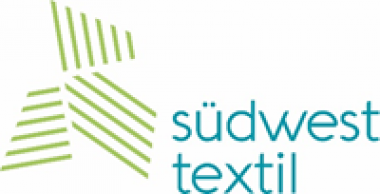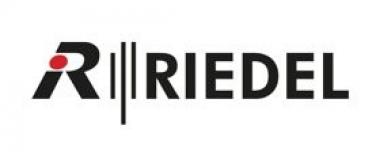Prozessoptimierung in der industriellen Reinigung
Neue Kurzanalyse des VDI ZRE beleuchtet Potenziale zur Ressourcen- und Kosteneinsparung, die sich durch den Einsatz von ressourceneffizienten Reinigungstechnologien ergeben.
Im Bereich der industriellen Bauteil- und Anlagenreinigung ergeben sich vielfältige Ansatzpunkte, um sowohl ökologische als auch ökonomische Einsparpotenziale in produzierenden Unternehmen zu erschließen. Die neue Kurzanalyse „Ressourceneffiziente Reinigungstechnologien“ des VDI Zentrums Ressourceneffizienz (VDI ZRE) zeigt vielversprechende Ansätze und Maßnahmen zur Kosteneinsparung sowie Reduzierung der Umweltbelastung auf.
Die industrielle Reinigung stellt in vielen Bereichen der Produktion einen essenziellen Prozess dar, bei dem der Einsatz von Reinigungsmedien (Wasser, Reiniger usw.) und Energie in der Regel unvermeidlich ist. Ein optimal abgestimmter Reinigungsprozess kann dabei auf vielfältige Weise dazu beitragen, sowohl ökonomische als auch ökologische Potenziale in produzierenden Unternehmen zu erschließen. So können Optimierungen beispielsweise dabei unterstützen, Produktionskosten langfristig zu senken, Ressourcen einzusparen, das Abfall- bzw. Abwasseraufkommen zu reduzieren und (in)direkte CO2-Emissionen zu reduzieren. Um diese Potenziale zu erschließen, stehen den Unternehmen eine Vielzahl unterschiedlicher Maßnahmen zur Verfügung.
Hier setzt die neue Kurzanalyse „Ressourceneffiziente Reinigungstechnologien“ des VDI Zentrums Ressourceneffizienz (VDI ZRE) an und zeigt, wie produzierende Unternehmen durch gezielte Maßnahmen ihre Prozesse optimieren können.
Effizient reinigen – Ressourcen schonen
Die Kurzanalyse bietet nach einer kurzen Einführung in die industrielle Bauteil- und Anlagenreinigung einen Überblick zu KMU-relevanten Reinigungstechnologien und zeigt Ressourceneffizienzpotenziale industrieller Reinigungsprozesse auf. Zudem beinhaltet die Kurzanalyse einen Leitfaden zur Auslegung einer industriellen Reinigungsanlage, der zur Sensibilisierung von Unternehmen für das Thema dient – idealerweise bereits während der Planungsphase für Neuanlagen. Darüber hinaus finden sich in der Kurzanalyse zahlreiche Gute-Praxis-Beispiele, die KMU zum Einsatz innovativer Reinigungstechnologien motivieren sollen.
Dabei macht die Kurzanalyse deutlich: Unternehmen können durch den Einsatz ressourceneffizienter Reinigungstechnologien nicht nur wirtschaftlich profitieren, indem sie Kosten – z. B. aufgrund eines verminderten Materialeinsatzes – senken, sondern zugleich ihren ökologischen Fußabdruck verringern.
Mit vielfältigen Ansätzen zu nachhaltigeren Prozessen
Ein sinnvoller Ansatz, um Ressourcen zu schonen, ist beispielsweise das sogenannte Retrofitting von bestehenden Reinigungsanlagen: Denn anstatt die Anlagen komplett auszutauschen, können KMU durch gezielte Modernisierung und sinnvolle Anpassungen die Effizienz ihrer Bestandsanlagen deutlich steigern. Auch der Einsatz von IoT-Technologien und digitalen Steuerungssystemen kann dazu beitragen, die Qualität der Reinigung und zugleich die Ressourcennutzung zu verbessern: Mittels intelligenter Vernetzung von Maschinen und Sensoren lässt sich der Reinigungsprozess in Echtzeit überwachen, optimieren und auf den tatsächlichen Bedarf anpassen.
Die Kurzanalyse „Ressourceneffiziente Reinigungstechnologien“ des VDI ZRE wurde im Auftrag des Bundesministeriums für Umwelt, Naturschutz, nukleare Sicherheit und Verbraucherschutz (BMUV) erstellt.
VDI Zentrum Ressourceneffizienz
































